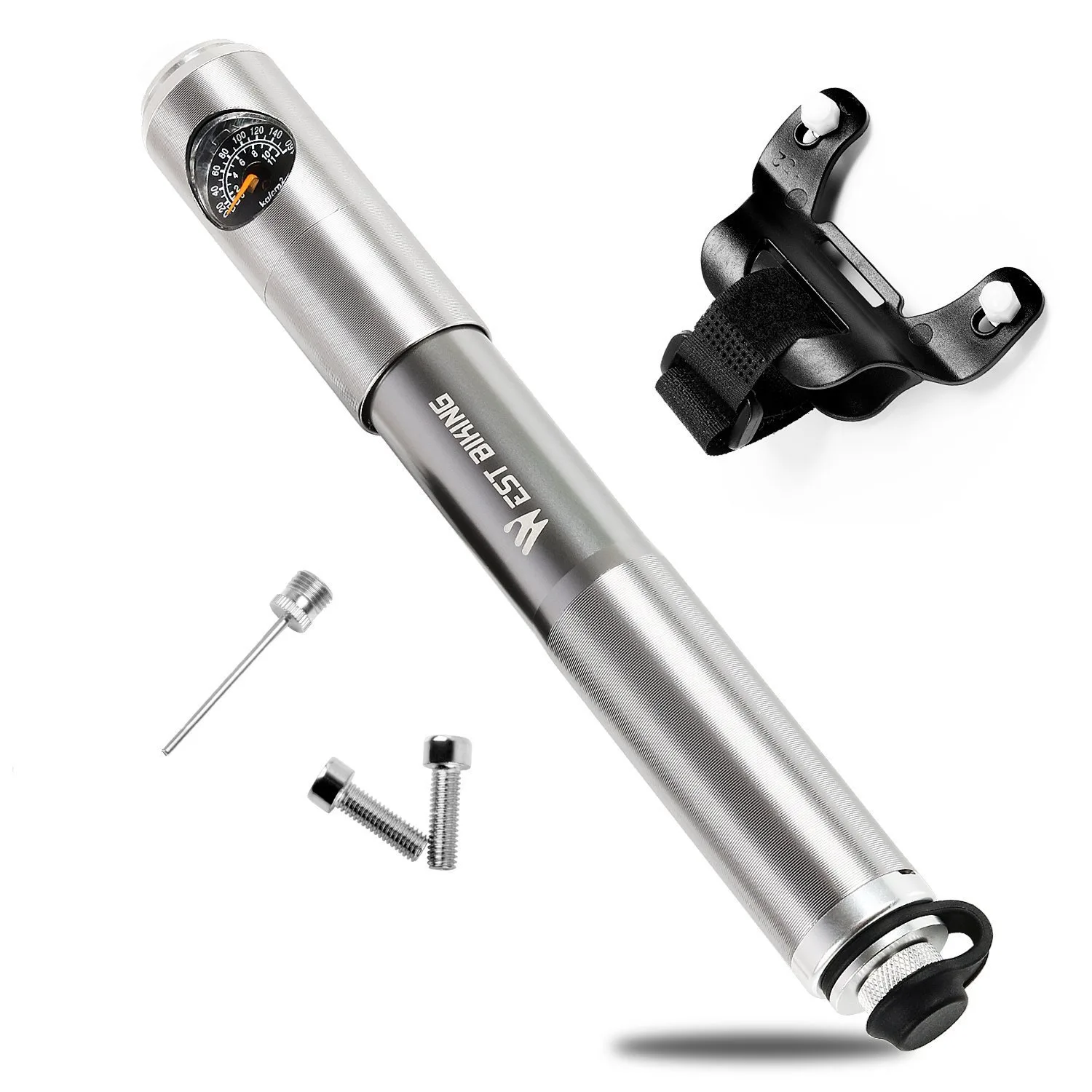
Frequently Asked Questions (FAQs)
An electric bike, or e-bike, is a bicycle equipped with an electric motor to assist with propulsion. It allows riders to pedal with less effort and can be powered entirely by the motor for a boost in speed.
Electric bikes have a battery-powered motor that provides assistance to the rider. The motor is activated when the rider pedals, and some models also have a throttle for on-demand power. The battery can be recharged using a standard electrical outlet.
The range of an electric bike depends on factors like battery capacity, terrain, rider weight, and usage of pedal-assist or throttle. On average, e-bikes can cover 20-50 miles on a single charge.
Electric bikes typically have a top speed of 20-28 mph (32-45 km/h), depending on the model and local regulations. Speed may vary between pedal-assist and throttle-only modes.
Most electric bikes are designed to withstand light rain and wet conditions. However, it's advisable to avoid heavy downpours and immerse the bike in water. Regular maintenance helps protect electrical components.









